In Roblox’s Brookhaven, teen players—led by 17-year-old Simon Gutierrez—are organizing virtual protests against immigration enforcement roleplay. Coordinated through TikTok and Discord, these in-game demonstrations showcase how youth are using online gaming communities as platforms for civic activism and social justice.
In the virtual world of Roblox, a quiet but powerful revolution is unfolding—led not by politicians or celebrities, but by teenagers. These young digital natives have transformed a seemingly playful gaming platform into a stage for political activism, specifically protesting the simulated roles of ICE (Immigration and Customs Enforcement) agents in the game. What started as isolated acts of rebellion against role-play scenarios depicting ICE raids has evolved into a wide-reaching movement organized primarily through TikTok and Discord. These platforms have become command centers where protest leaders—some as young as 13—set event times, design protest outfits, write slogans, and share digital flyers. When the time comes, players gather inside popular Roblox maps like Brookhaven to participate in full-scale virtual protests, holding signs that read “FRICK ICE” or “NO ICE ZONE” and chanting slogans through the chat system. It’s a creative, immersive form of expression that reflects deep-rooted concerns among the youth about immigration injustice, racial profiling, and the trauma associated with ICE raids in immigrant communities.
The core of this movement is made up of teens who are not only passionate about change but also deeply informed. Many of them have personal or family experiences that tie into the themes they are protesting. Simon Gutierrez, a 17-year-old from Southern California, is one such figure who has become a vocal leader in the Roblox protest community. His parents are undocumented, and though he cannot vote or join large real-life protests, he found his voice through gaming. He started by protesting alone, using a simple Roblox avatar holding a protest sign in Brookhaven. Slowly, others began to join him. What began as a lone statement evolved into organized demonstrations, sometimes attracting dozens or even hundreds of players. Simon and his peers use Discord servers to organize events, discuss strategy, and support one another emotionally. These spaces serve as both planning zones and safe havens, offering an outlet for young people who feel powerless in the face of real-world systems they cannot yet change.
The protests themselves are remarkably sophisticated. Players arrive wearing matching outfits—often themed after historical protest movements or designed to draw attention to the message at hand. They stand in public areas within the game, forming marches, sit-ins, or even dramatic recreations of ICE raids and family separations. Some avatars kneel, others wave Mexican flags, and many use chat to share “Know Your Rights” resources, all within the bounds of a digital game. It’s powerful not because it’s realistic, but because it represents emotional truth. These teenagers are taking their feelings of fear, anger, and hope and channeling them into a format that speaks their language—pixels, avatars, and interactive environments. They are not role-playing to entertain; they are role-playing to resist. In many ways, they’re using Roblox the way previous generations used graffiti, zines, or student protests: to push boundaries, start conversations, and demand change.
The backlash, of course, has come swiftly and predictably. Some older players and parents express discomfort with the protests, arguing that Roblox should remain apolitical and free from “real-world” issues. Others take offense at being targeted for role-playing as ICE agents, claiming it’s just harmless fun. However, for the teens organizing these events, there’s nothing harmless about it. They argue that simulating ICE raids—especially when played out casually or as a form of entertainment—normalizes violence and fear that are all too real for millions of immigrants in the United States and elsewhere. To them, these role-plays aren’t games—they’re reminders of trauma. That’s why the protests are not only justified, but necessary.
What’s fascinating is how well-coordinated these digital protests have become. Players have established codes of conduct to ensure peaceful demonstrations. There are event moderators, protest leaders, backup plans in case of raids, and clear rules against trolling or hate speech. In some events, organizers have used props within the game to create protest stages, detention centers, or even mock border walls, all designed to reflect their views and educate other players. The events are often livestreamed or recorded and shared across social media, especially TikTok, where protest clips receive thousands—even millions—of views. These viral videos help bring new players into the fold, spreading awareness and encouraging participation. TikTok has become not just a promotional tool but an educational platform where teenagers share statistics, stories, and strategies related to immigration policy and civil rights.
What’s striking is the level of emotional maturity shown by many of the protest leaders. Despite their youth, they speak with clarity and urgency about the need for systemic change. They acknowledge that Roblox is not the real world, but they see value in using the platform as a rehearsal space for activism. It allows them to practice leadership, collaboration, public speaking, and digital organizing. It builds confidence. And more importantly, it reminds them—and those who witness their efforts—that their voices matter, even in a world that often tells them otherwise. One protest organizer described it this way: “We’re not pretending to change the world in here. We’re just reminding ourselves that we can.”
The Roblox protests also raise important questions about the nature of civic engagement in the 21st century. As more aspects of our lives move online, so too does our activism. What we’re witnessing is a new model of protest—decentralized, creative, visual, and driven by youth. It defies traditional hierarchies and takes place in unexpected spaces, from gaming platforms to comment sections to viral trends. And it’s not going away anytime soon. If anything, this new wave of virtual activism is only going to grow as more young people realize they don’t need a microphone, a permit, or even a physical presence to make their voices heard. They just need an avatar, a message, and a place to be seen.
Roblox, for its part, has taken a mostly hands-off approach to the protests. While the platform has strict rules against bullying and hate speech, it has so far allowed political expression as long as it remains within community guidelines. Some protest organizers have faced bans or warnings for disruptive behavior, but in most cases, events are allowed to proceed. This hands-off stance has allowed Roblox to become an unexpected incubator for youth-led social movements. In a world where traditional institutions are often out of reach or uninterested in teen voices, the platform has provided an open canvas—and the youth are painting boldly.
The takeaway from all this is clear. Teenagers are paying attention. They’re not only consuming information about the world—they’re engaging with it, questioning it, and taking creative steps to challenge it. Their protests inside Roblox may not change immigration policy overnight, but they are changing something else—how we view youth, how we understand gaming, and how we define activism. They’re showing us that even in a digital world, you can stand up for something that matters.
So while avatars march through Brookhaven waving digital signs and shouting typed slogans, we should remember that the spirit behind those pixels is very real. It’s the spirit of a generation that refuses to be silent. It’s the energy of young minds refusing to accept a world they didn’t choose. It’s resistance. It’s education. And most of all, it’s hope.

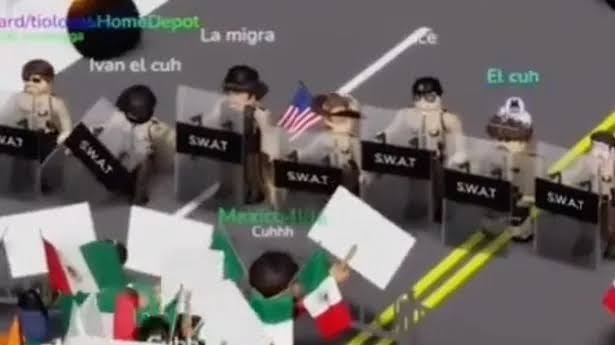
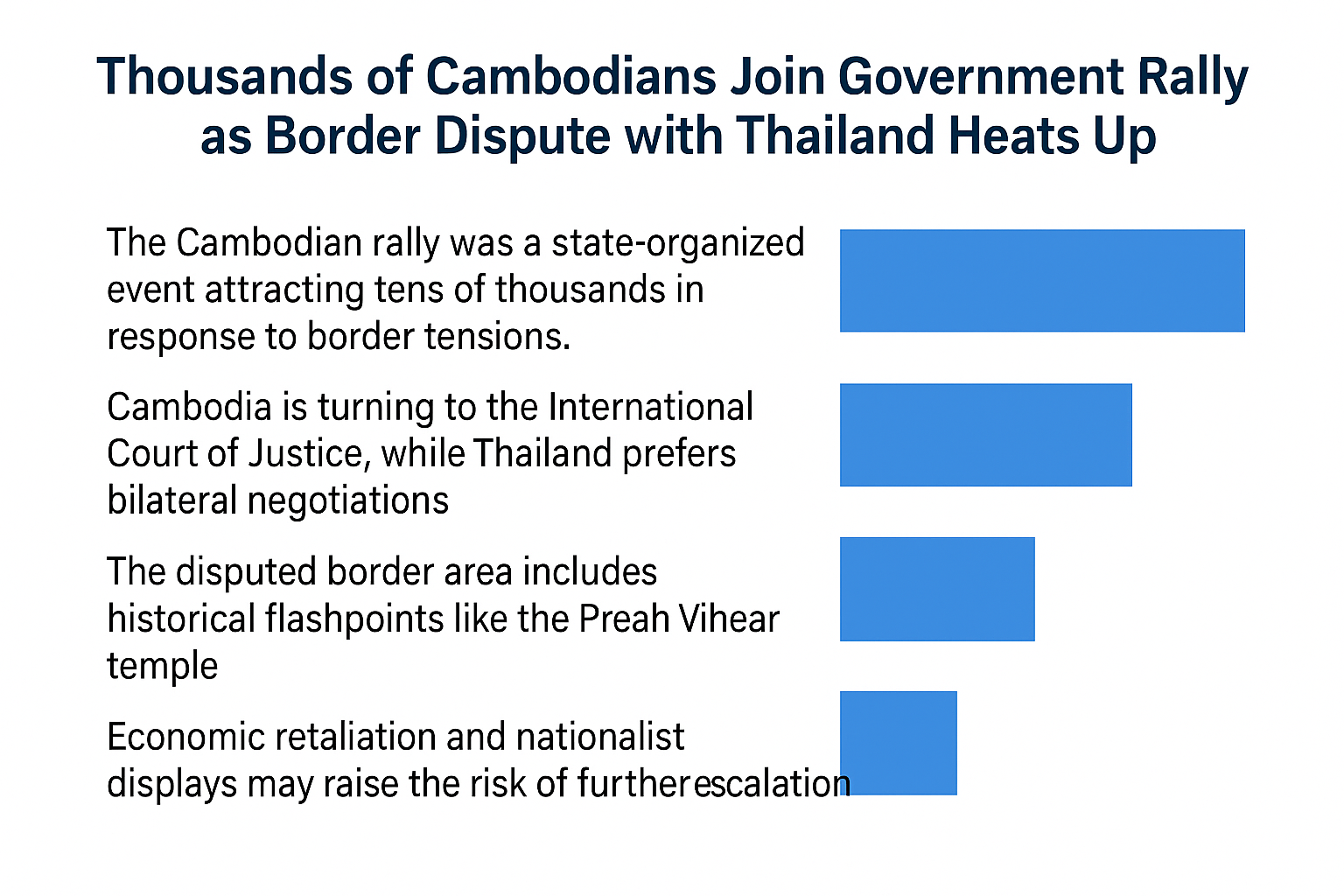
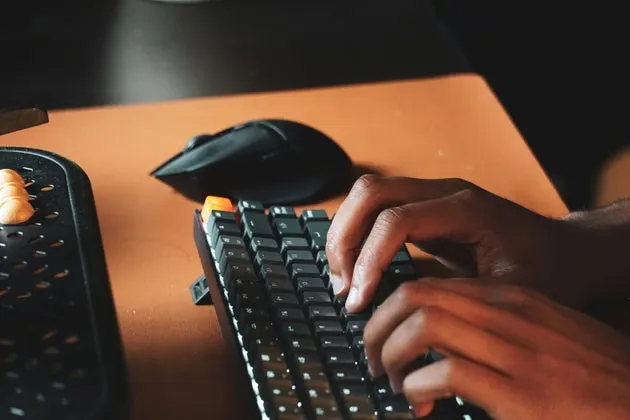
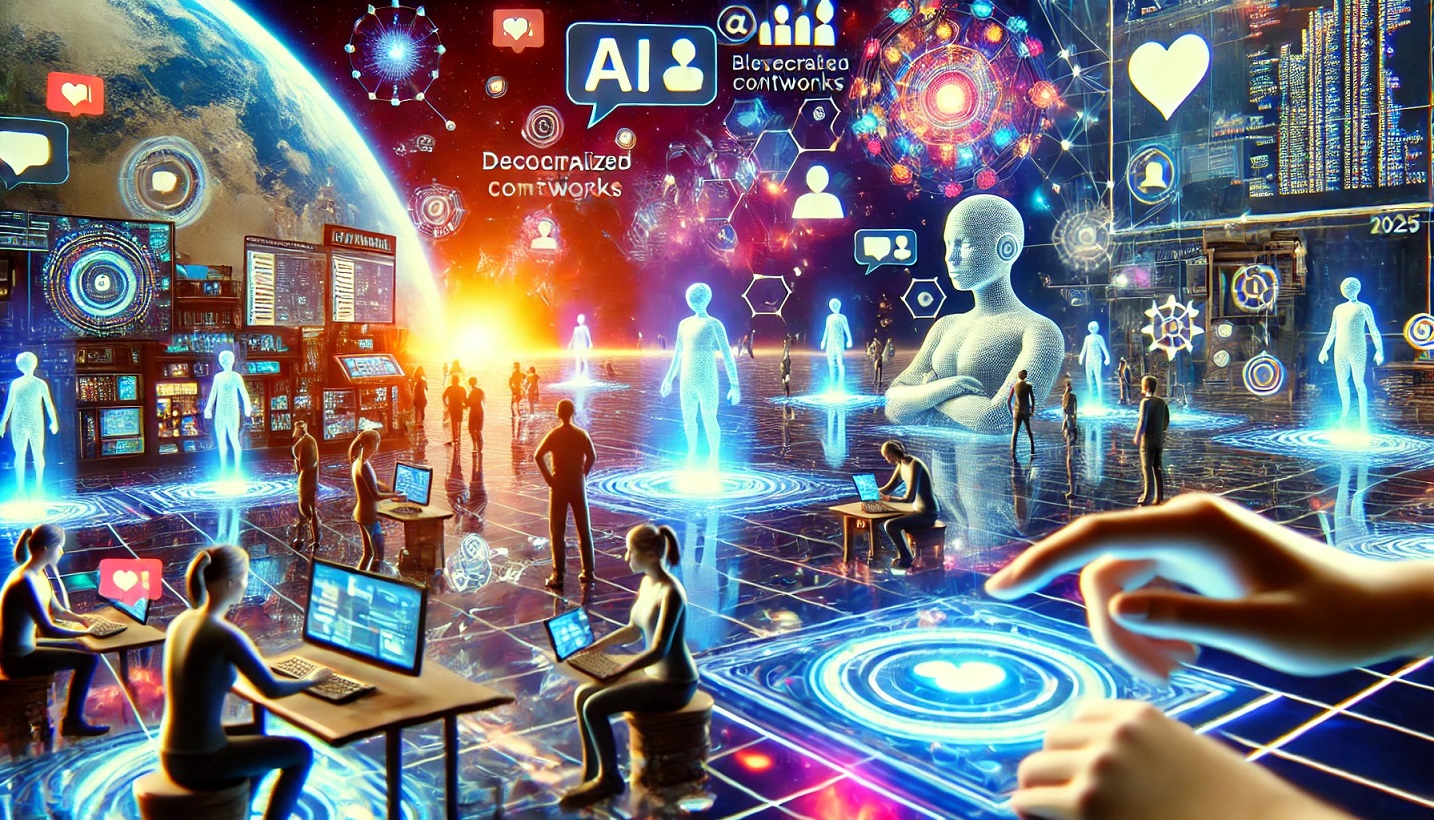
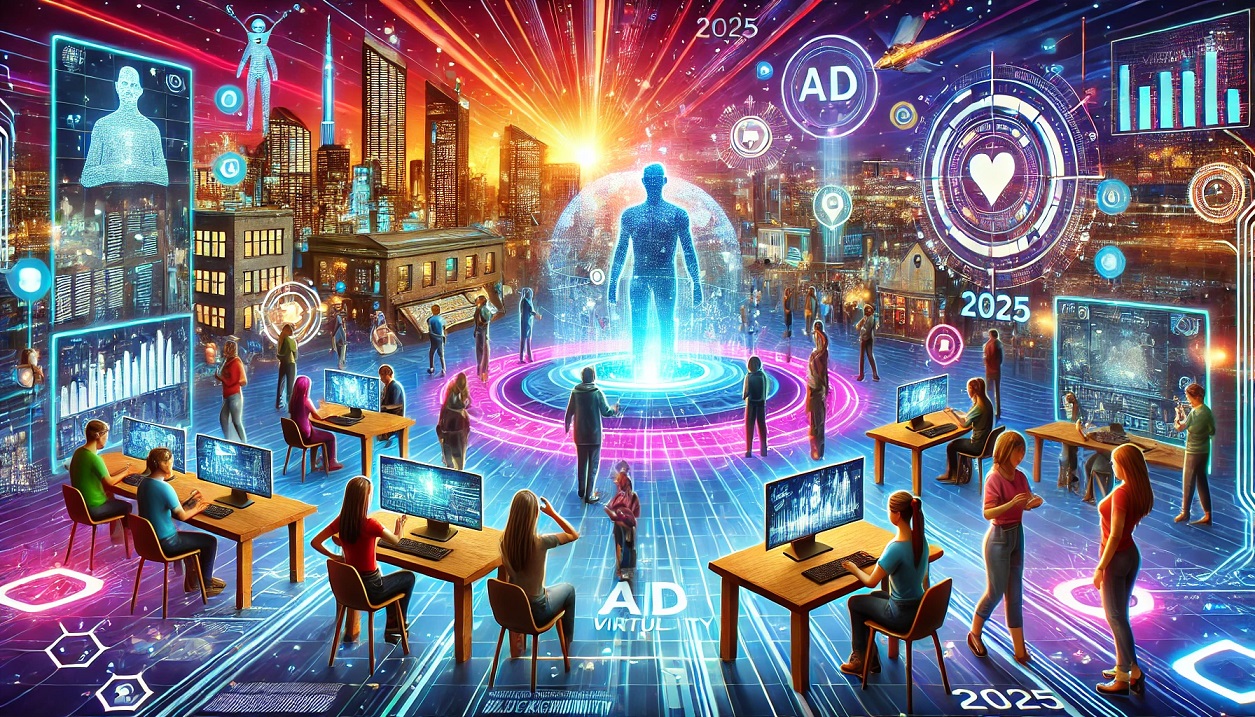
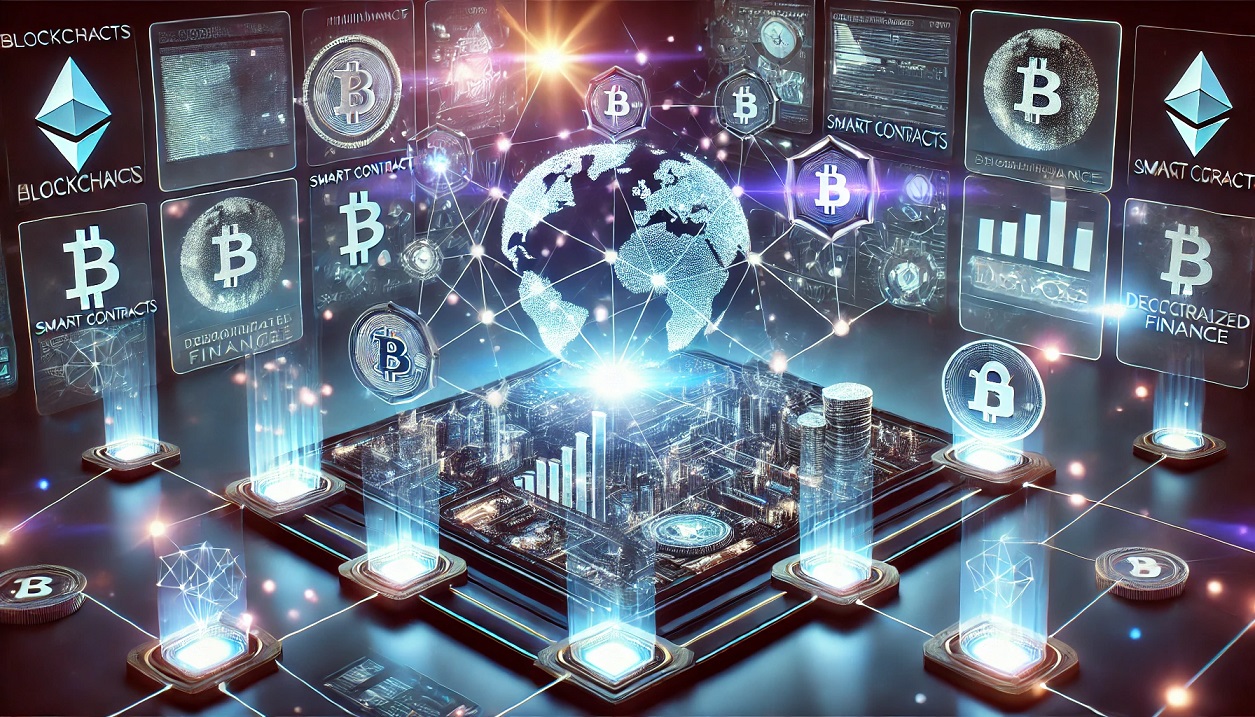
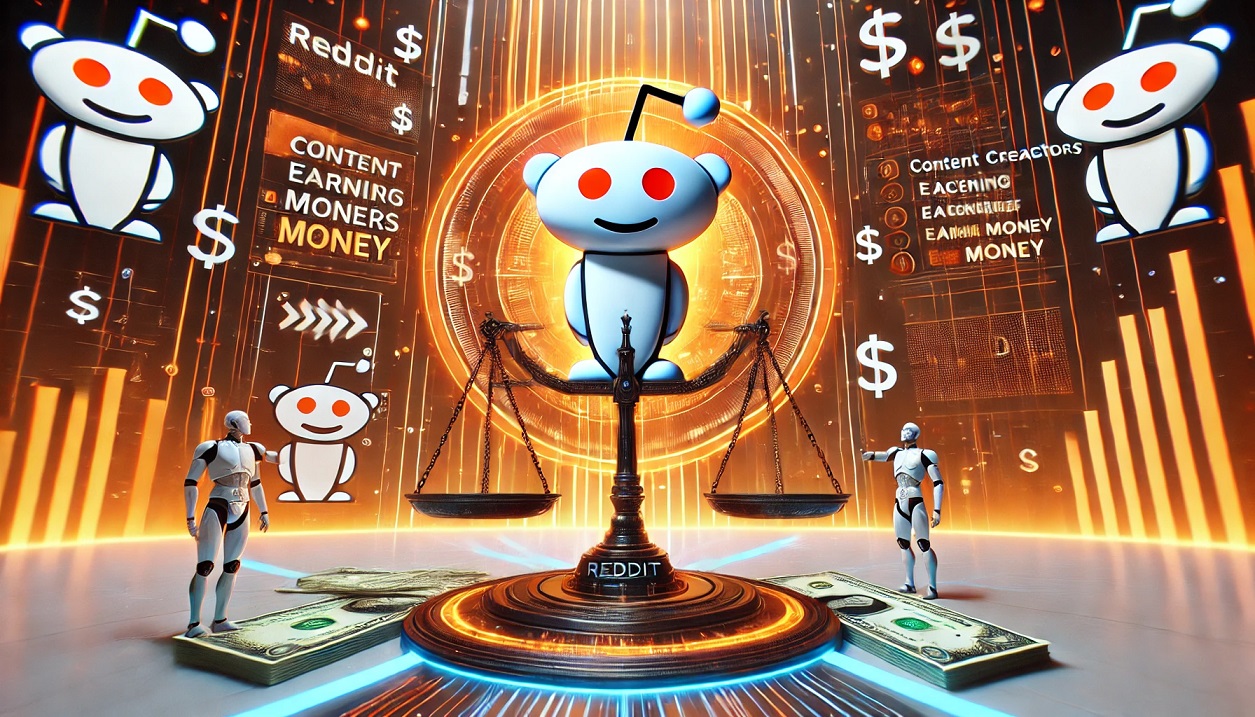
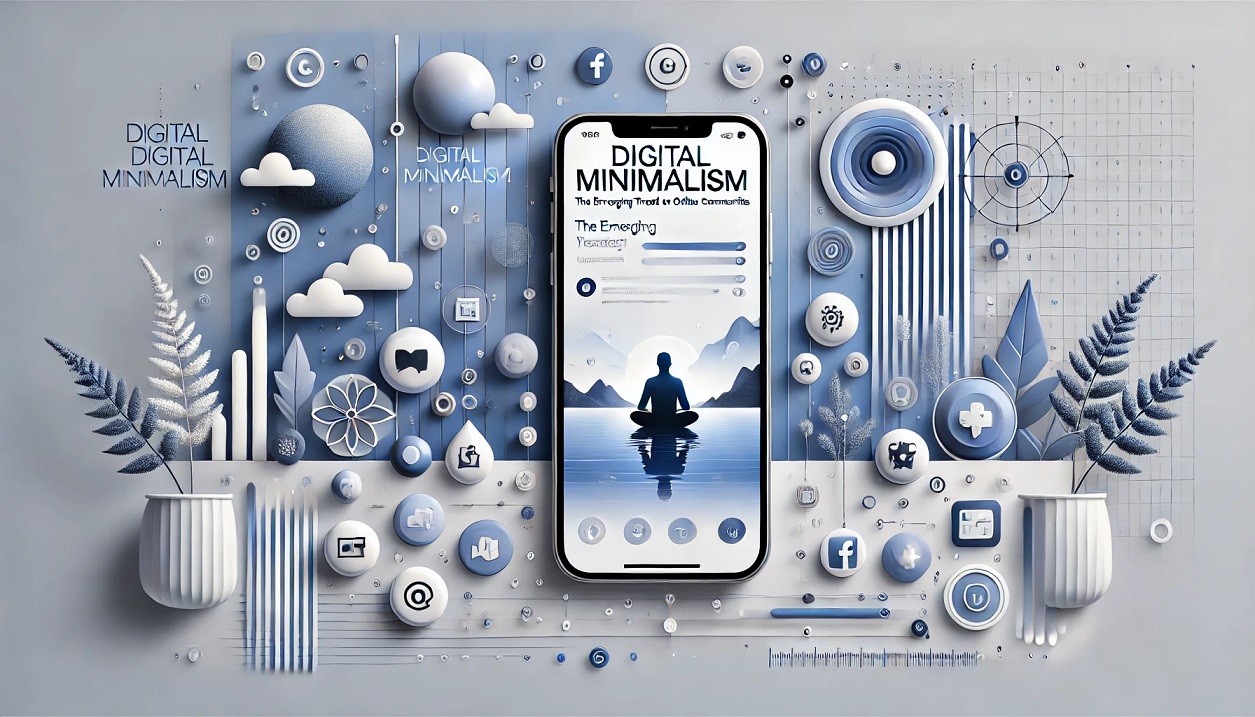
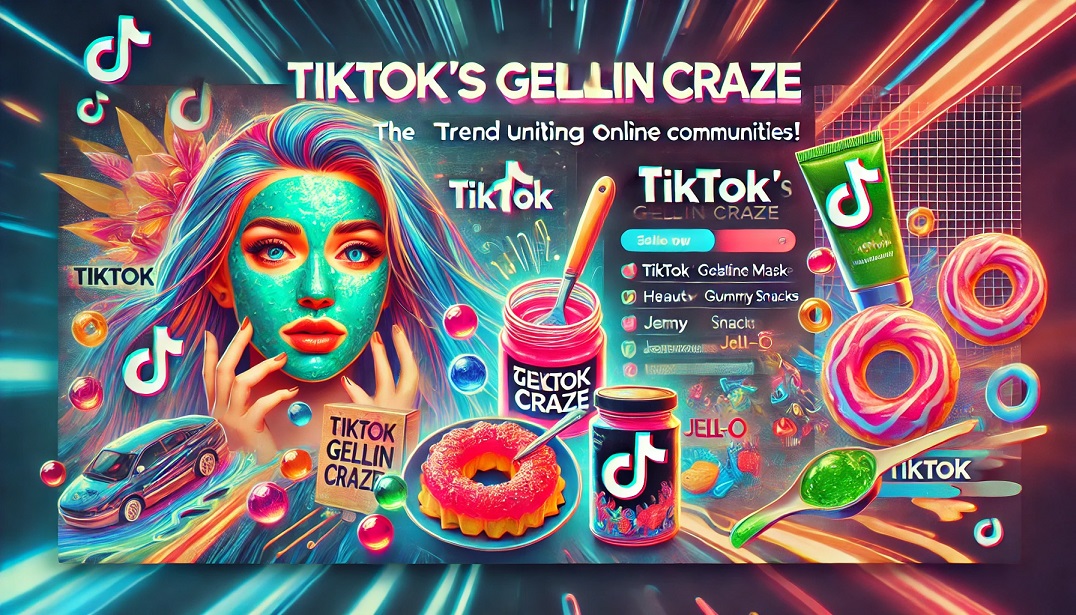
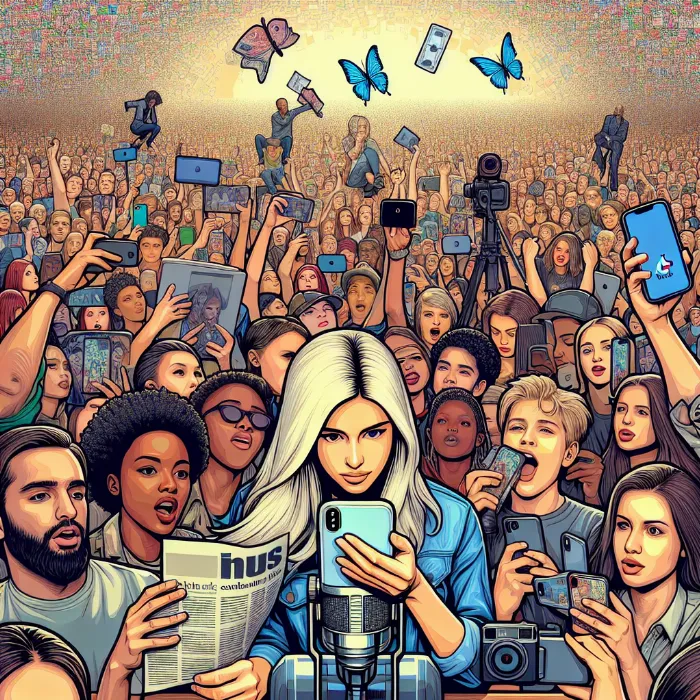
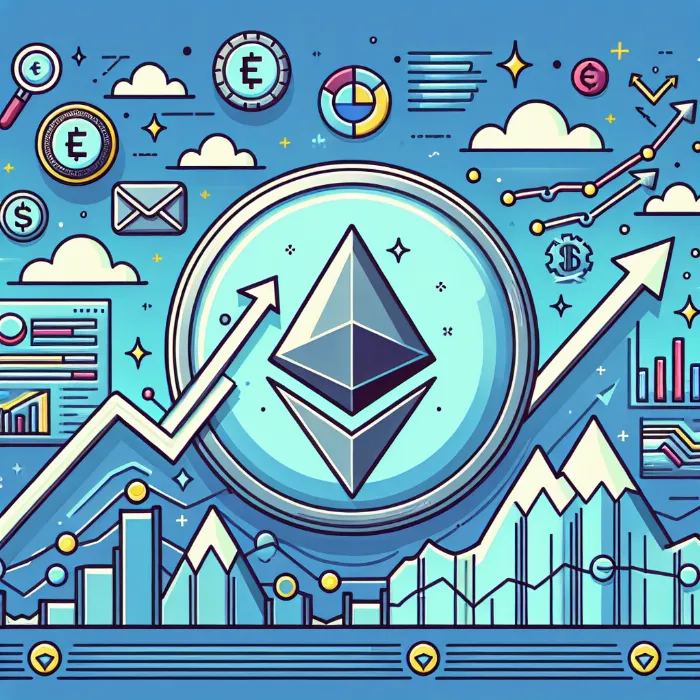
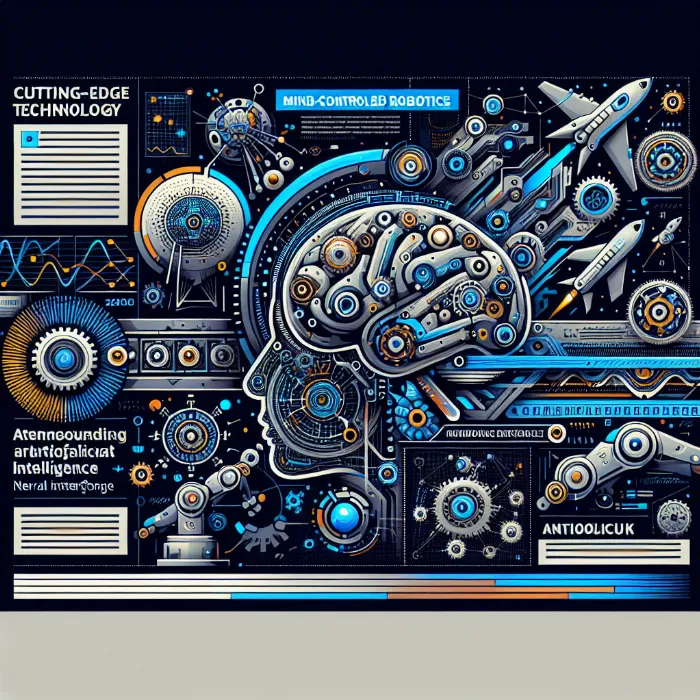

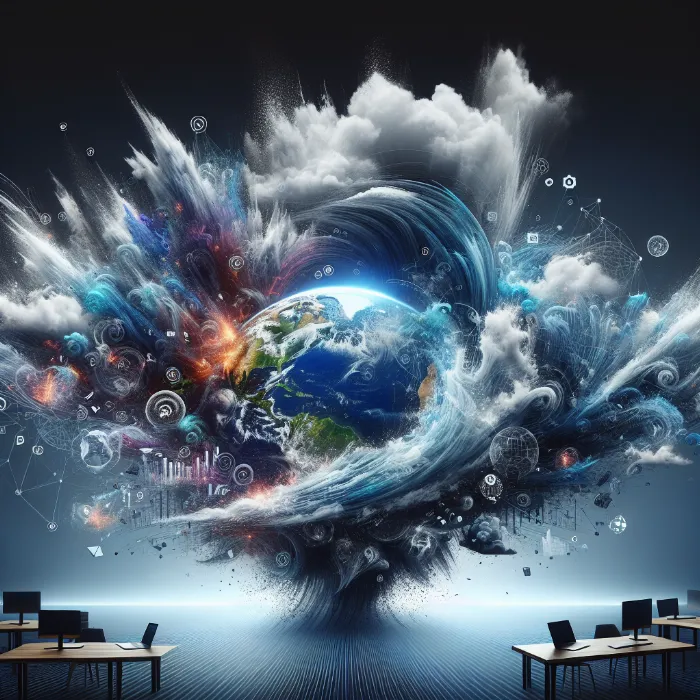
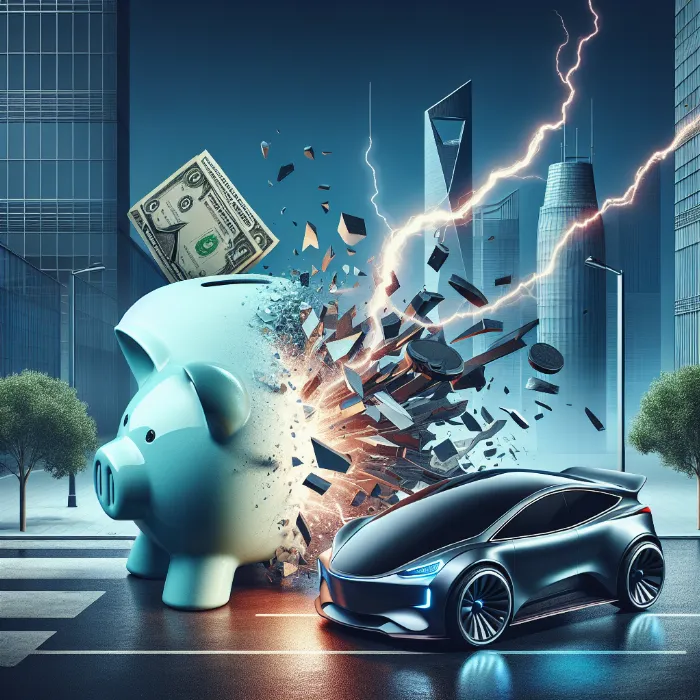

Comments 0